建築家・丹下健三さんは、幼少期から青春時代を愛媛県今治市で過ごしました。1921年、一家で今治に移り、今治市立吹揚小学校(当時・第二尋常小学校)に編入。その後、旧制今治中学(現・今治西高校)に進学し、1930年には飛び級で旧制広島高校へ進学します。
広島高校の図書室で出会ったのが、スイス出身の建築家ル・コルビュジエに関する雑誌記事でした。機能性と美を兼ね備えたコルビュジエの建築に強い衝撃を受け、丹下は建築家になることを決意します。世界的建築家・丹下健三の原点には、今治の暮らしと、そこで出会った本との偶然の出会いがありました。
Architect Kenzo Tange spent his childhood and youth in Imabari, Ehime Prefecture, Japan. In 1921, his family moved to Imabari and he was transferred to the Imabari Municipal Fukiage Elementary School (then the Second Elementary School).He then went on to the old Imabari Junior High School (now Imabari Nishi High School), and in 1930 he skipped a grade and went on to the old Hiroshima High School.
In the library of Hiroshima High School, he came across a magazine article about the Swiss-born architect Le Corbusier.Tange was strongly impressed by Corbusier’s architecture, which combines functionality and beauty, and decided to become an architect.World-renowned architect Kenzo Tange’s origins lie in his life in Imabari and a chance encounter with a book there.
—
【9/4は誕生日】瀬戸内は丹下建築の宝庫! – 【4th Sep. is the birthday】The Seto Inland Sea is a treasure trove of Kenzo Tange architecture!
9月4日は建築家・丹下健三(たんげけんぞう)さんの誕生。112年前、1913年(大正2年)9月4日に、大阪府堺市で生まれ、1920年(大正9年)に父の出身地である愛媛県今治市に家族で移住しました。広島平和会館原爆記念陳列館(1952年 / 重要文化財)、広島平和記念公園(1955年 / 国の名勝)、香川県庁舎(1958年 / 重要文化財)、倉敷市立美術館(1958年 / 旧倉敷市庁舎)、今治市役所庁舎・公会堂(1958年)、船の体育館(1964年 / 旧香川県立体育館)、戦没学徒記念館(1966年)など、四国・瀬戸内にも多くの建築が残されています。
September 4th marks the birthday of architect Kenzo Tange. He was born 112 years ago on 4th September 1913 in Sakai City, Osaka Prefecture, and moved with his family to Imabari City, Ehime Prefecture, his father’s hometown, in 1920. Hiroshima Peace Memorial Museum (1952 / Important Cultural Property), Hiroshima Peace Memorial Park (1955 / National Scenic Spot), Kagawa Prefectural Government Building (1958 / Important Cultural Property), Kurashiki City Art Museum (1958 / Former Kurashiki City Hall), Imabari City Hall and Public Hall (1958), Ship Gymnasium (1964 / Former Kagawa Prefectural Gymnasium), and War Memorial Hall for Student Soldiers (1966).
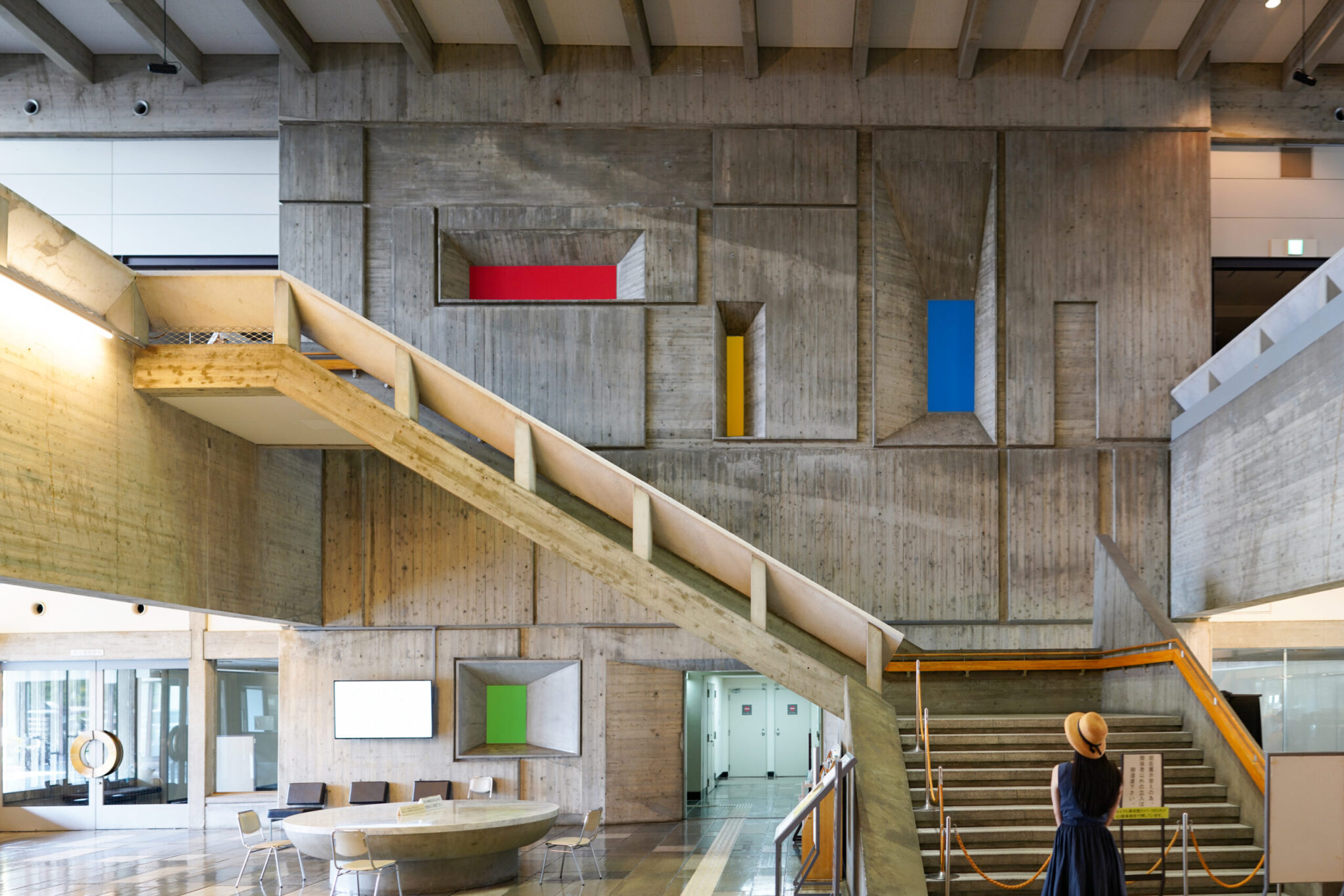
【岡山】市庁舎から美術館へ。丹下建築から浦辺鎮太郎から受け継ぐ倉敷の名建築『倉敷市立美術館』 – [Okayama] The Kurashiki Municipal Museum of Art
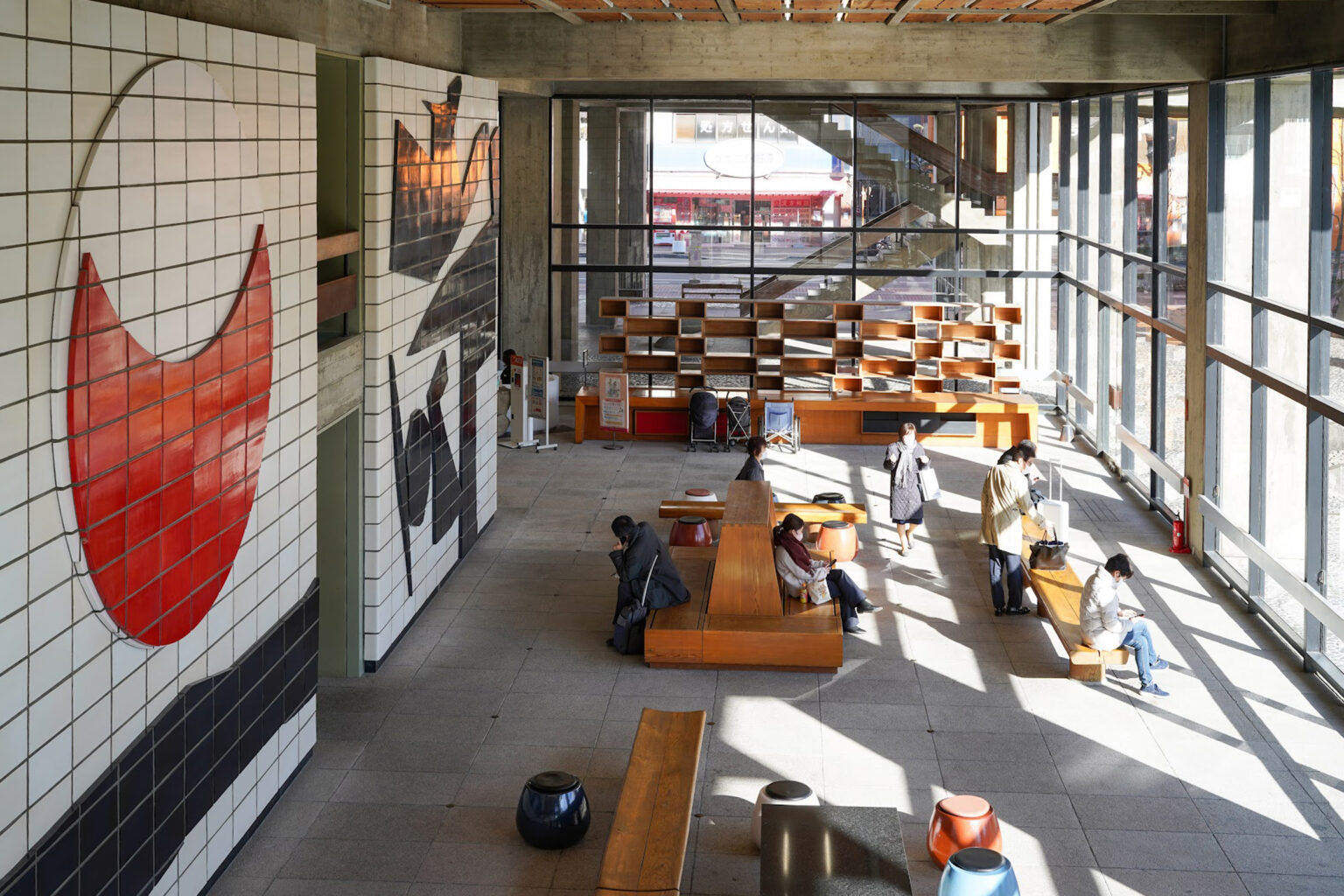
Kenzō Tange is one of the most significant architects of the 20th century, combining traditional Japanese styles with modernism, and designed major buildings on five continents. His exhibition has taken place at Kagawa pref. Museum at Takamatsu city until 23th September 2013. Peace Centre in Hiroshima, The Kagawa Prefectural Government Hall and Town Hall, Kurashiki / Imabari. You can see many Mr. Tange’s architectures at Setouchi.
船の体育館。【香川】丹下健三設計の旧香川県立体育館 – [Kagawa] Former Kagawa Prefectural Gymnasium
今治市公会堂(1958年)
今治市民会館(1965年)
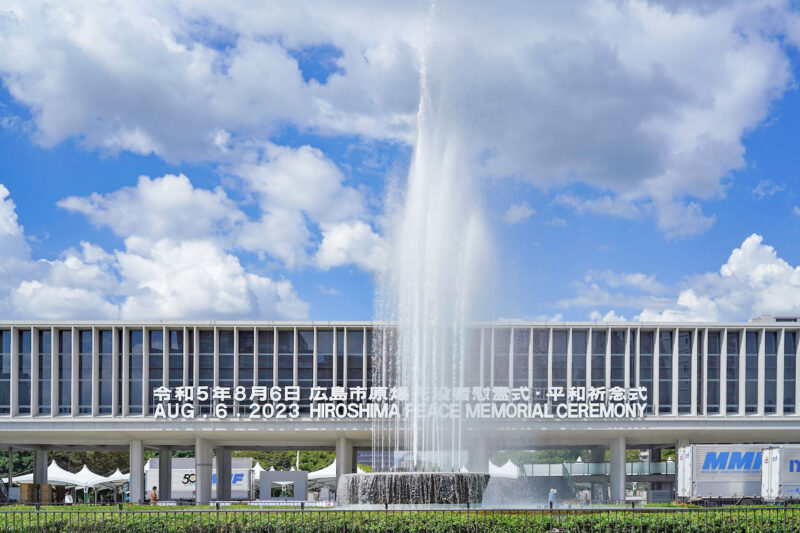
広島平和記念公園、広島平和記念資料館。
広島平和記念資料館(1955年 / Hiroshima Peace Memorial Museum)。公共建築百選、日本の近代建築20選(DOCOMOMO JAPAN選定 日本におけるモダン・ムーブメントの建築)、第二次世界大戦後の建築物としては初めて重要文化財に指定。
原爆死没者慰霊碑(1952年)。広島平和記念公園(1955年 / 国の名勝)の敷地内の、広島平和記念資料館と原爆ドーム(旧:広島県産業奨励館)を結ぶ直線上に設置されています。
Cenotaph for the Atomic Bomb Victims (1952). Located on a straight line between Hiroshima Peace Memorial Museum and the Atomic Bomb Dome (formerly Hiroshima Prefectural Industrial Promotion Hall) in the grounds of Hiroshima Peace Memorial Park (1955 / national monument).
慰霊碑の石碑前面には、「安らかに眠って下さい 過ちは 繰返しませぬから」と刻まれています。
The inscription on the front of the cenotaph reads: ‘Rest in peace, for we will not repeat our mistakes’.
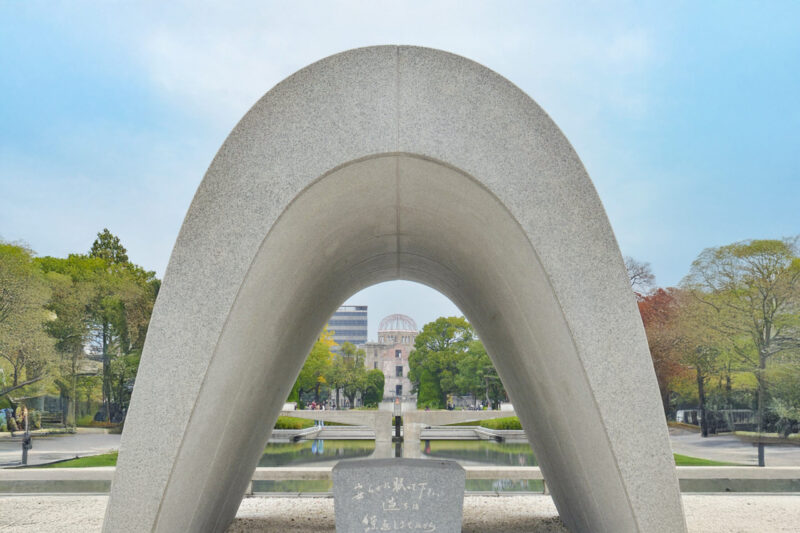
もちろん、瀬戸内以外にも丹下建築はたくさんあります。
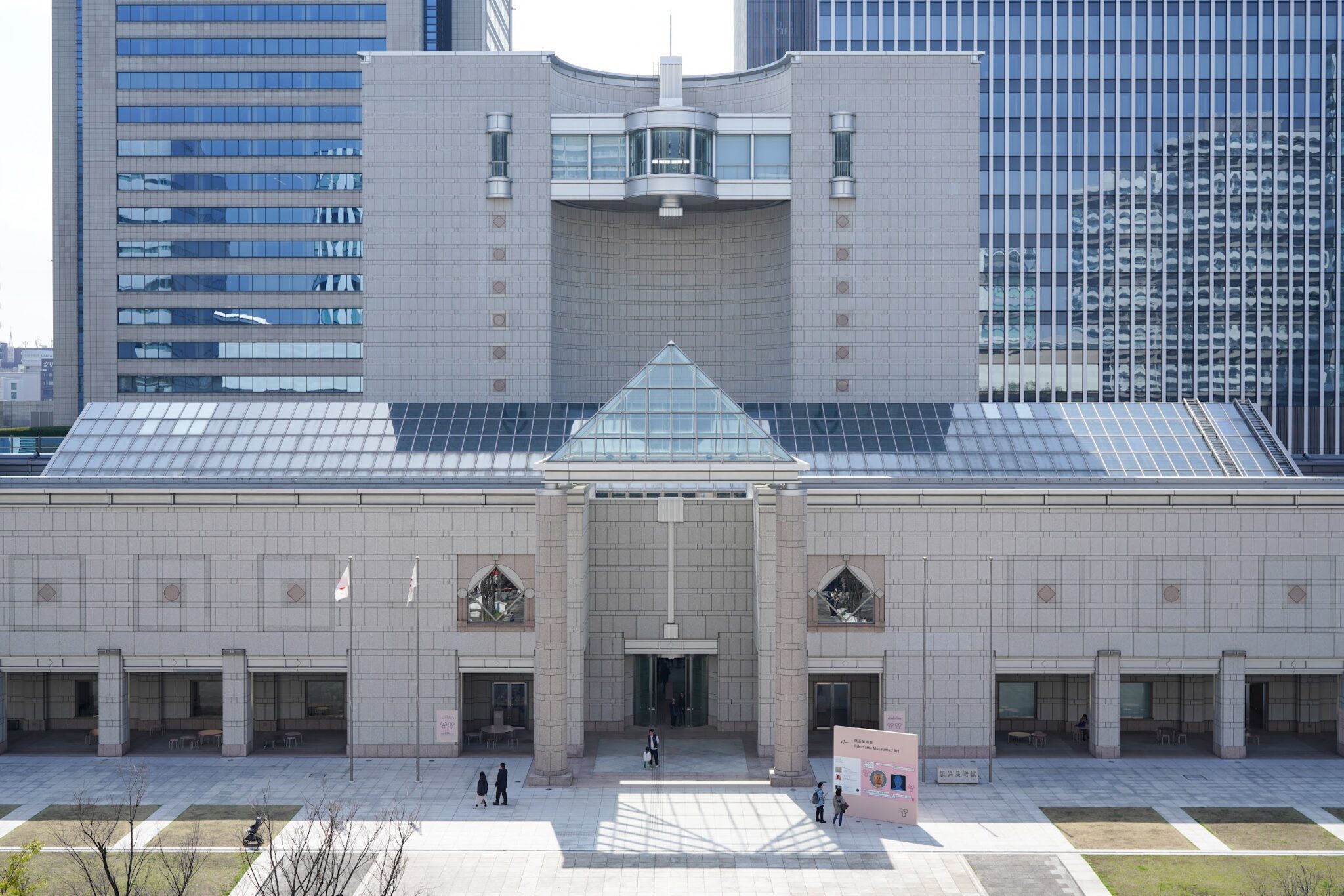
横浜美術館 ― 丹下健三が描いた港町の文化拠点 – Yokohama Museum of Art ― Kenzo Tange’s Cultural Hub for the Port City
—

Googleが建築家 丹下健三さんの生誕100周年をお祝いしています – The architect Kenzo Tange on Google
【愛媛 8/2-9/28】「丹下健三-世界のTANGE-特別展」 – [Ehime 8/2-9/28] “Kenzo Tange – The World’s TANGE – Special Exhibition
今治が“まるごとミュージアム”に!丹下健三 特別展開催!
Imabari becomes a ‘whole museum’! Kenzo Tange special exhibition
世界的建築家・丹下健三の足跡をたどる特別展「丹下健三-世界のTANGE-」が、2025年8月2日(土)より今治市内の3会場で同時開催されます。昨年パリで大きな反響を呼んだ展覧会の凱旋開催となり、会場には丹下氏が設計した今治市民会館も含まれます。丹下氏ゆかりの地である今治で行われる本展は、都市デザインの理念と新たなまちづくりを結ぶプロジェクトとしても注目されています。入場はすべて無料。建築ファンはもちろん、未来のまちづくりに関心のあるすべての人におすすめの展覧会です。
The special exhibition “Kenzo Tange – Tange in the World”, which traces the footsteps of the world-renowned architect Kenzo Tange, will be simultaneously held at three venues in Imabari from 2 August (Sat), 2025.The exhibition is the triumphant return of an exhibition that made a great impression in Paris last year and includes the Imabari Civic Hall, which was designed by Tange.
The exhibition, which will be held in Imabari, a city associated with Mr Tange, is also attracting attention as a project linking urban design principles and new urban development.Admission is free for all.This exhibition is recommended for architecture fans and all those interested in future city planning.
丹下健三と隈研吾 東京大会1964/2020の建築家パリから今治へ―凱旋帰国展
日程:2025年8月2日(土)〜9月28日(日)
時間:9:00〜17:00(入館は16:30まで)
休館:月曜休館(祝日の場合は翌平日)
場所:今治市玉川近代美術館(愛媛県今治市玉川町大野甲86-4)
共催:国立代々木競技場世界遺産登録推進協議会“Kenzo Tange – Kengo Kuma — Architects of the Tokyo Games1964 / 2020: From Paris to Imabari – Triumphant Return Exhibition”
Exhibition Period : August 2 (Sat) – September 28 (Sun), 2025
Time : 9:00 AM – 5:00 PM (last admission at 4:30 PM)
*Closed on Mondays (or the following weekday if Monday is a public holiday)
Exhibition venue : Imabari City Tamagawa Museum of Modern Art (86-4 Ono-ko, Tamagawa-cho, Imabari City, Ehime Prefecture)
Tel : 0898-55-2738
Admission : Free
Inquiries : Imabari City Cultural Promotion Division
Tel : 0898-36-1608丹下健三に学ぶ新しいまちづくり
世界のTANGEビジターセンター
海と都市のデザイン展―歴史をつぐもの―
日時:2025年8月2日(土)〜9月28日(日)9:00〜17:00(入館は16:30まで)※会期中無休
場所:今治市市民会館(愛媛県今治市別宮町1丁目4番地1)World of TANGE Visitor Center
Designing the Sea and the City
Exhibition Period : August 2 (Sat) – September 28 (Sun), 2025 9:00 AM – 5:00 PM (last admission at 4:30 PM)
*Open every day during the exhibition period
Exhibition venue : Imabari Civic Hall (1-4-1 Bekku-cho, Imabari City, Ehime Prefecture)
Tel : 0898-36-1610丹下健三と今治 マンガふるさとの偉人展
日時:2025年8月2日(土曜日)〜9月4日(木曜日)9:00〜17:00(入館は16:30まで)
休館:月曜休館(祝日の場合は翌平日)
場所:今治市河野美術館(愛媛県今治市旭町1丁目4-8)Kenzo Tange and Imabari
Manga about great people from my hometown
Exhibition Period : August 2 (Sat) – September 4 (Thu), 2025 9:00 AM – 5:00 PM (last admission at 4:30 PM)
*Closed on Mondays (or the following weekday if Monday is a public holiday)
Exhibition venue : Imabari Kouno Art Museum (1-4-8 Asahi-cho, Imabari City, Ehime Prefecture)
Tel : 0898-23-3810主催:今治市
料金:無料
連絡:今治市文化振興課 0898-36-1608Admission : Free
Inquiries : Imabari City Cultural Promotion Division
Tel : 0898-36-1608
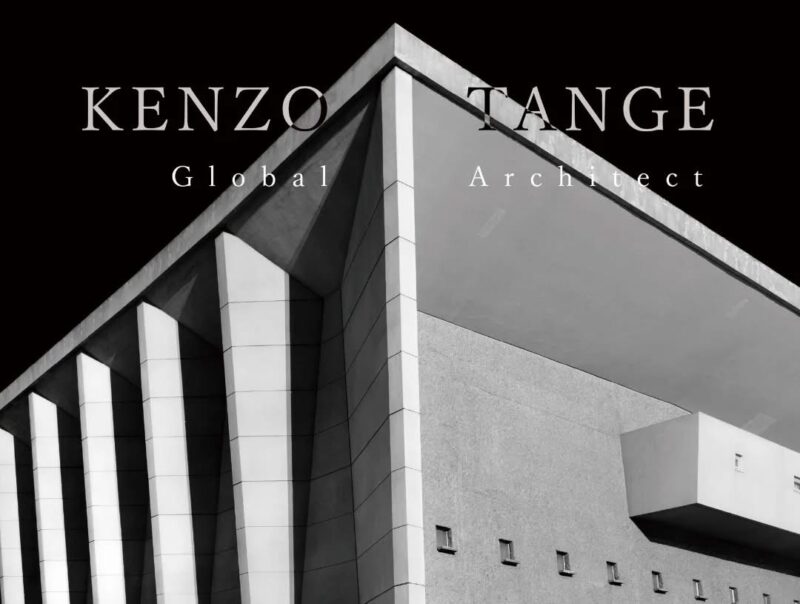
『旧香川県立体育館』保存・再生にむけた署名のお願い 〜香川発の力で、世界的建築を持続可能な文化拠点へ〜 Save the Boat Gym – A Masterpiece by Kenzo Tange
Kenzō Tange (丹下 健三, Tange Kenzō; 4 September 1913 – 22 March 2005) was a Japanese architect. Born in Sakai and raised in China, Tange was inspired from an early age by the work of Le Corbusier and designed his first buildings under Imperial Japan. He first achieved recognition for his projects to reconstruct the destroyed cities of postwar Japan, particularly Hiroshima, where he designed the Hiroshima Peace Memorial Park. His engagement with the Congres Internationaux d’Architecture Moderne in the 1950s made him one of the first Japanese architects to achieve international recognition.
Renowned for synthesizing traditional Japanese styles with modernism, Tange’s work was emblematic of the Japanese postwar boom. However, he built major projects on five continents. He was a forerunner, mentor, and patron of the metabolist movement. He was also known as an ambitious, original urban planner whose ideas inspired the reconstruction of cities including Skopje. Tange would continue designing buildings until his death in 2005.
Tange won awards for his contributions to architecture, including the Royal Gold Medal in 1965, the AIA Gold Medal in 1966, the Praemium Imperiale for Architecture in 1993, and the Pritzker Prize, the “Nobel Prize of architecture”, in 1987.
Early life
Born on 4 September 1913 in Sakai, Japan, Tange spent his early life in the Chinese cities of Hankou and Shanghai; he and his family returned to Japan after learning of the death of one of his uncles. In contrast to the green lawns and red bricks in their Shanghai abode, the Tange family took up residence in a thatched roof farmhouse in Imabari on the island of Shikoku.After finishing middle school, Tange moved to Hiroshima in 1930 to attend high school. It was here that he first encountered the works of Swiss modernist, Le Corbusier. His discovery of the drawings of the Palace of the Soviets in a foreign art journal convinced him to become an architect. Although he graduated from high school, Tange’s poor results in mathematics and physics meant that he had to pass entrance exams to qualify for admission to the prestigious universities. He spent two years doing so and during that time, he read extensively about western philosophy. Tange also enrolled in the film division at Nihon University’s art department to dodge Japan’s drafting of young men to its military and seldom attended classes.
In 1935 Tange began the tertiary studies he desired at the University of Tokyo’s architecture department. He studied under Hideto Kishida and Yoshikazu Uchida. Although Tange was fascinated by the photographs of the Katsura villa that sat on Kishida’s desk, his work was inspired by Le Corbusier. His graduation project was a seventeen-hectare (42-acre) development set in Tokyo’s Hibiya Park.
丹下 健三(たんげ けんぞう、1913年(大正2年)9月4日 – 2005年(平成17年)3月22日)は、日本の建築家、都市計画家。一級建築士(登録番号第15182号)。位階勲等は従三位勲一等瑞宝章、文化勲章受章。フランス政府よりレジオンドヌール勲章受章。カトリック信徒(洗礼名:ヨセフ)。
日本では「世界のタンゲ」と言われたように、日本人建築家として最も早く日本国外でも活躍し、認知された一人。第二次世界大戦復興後から高度経済成長期にかけて、多くの国家プロジェクトを手がける。磯崎新、黒川紀章、槇文彦、谷口吉生などの世界的建築家を育成した。また、日本人並びにアジア人として初めてプリツカー賞を受賞した人物である。
年譜
1913年(大正2年) 丹下辰世(ときよ)とテイ(禎・禎子)の三男として大阪府堺市に生まれる。住友銀行社員であった父の転勤によって1916年中国の漢口へ。数年後さらに上海のイギリス租界に移り住む。
1918年(大正7年) 上海・日本尋常小学校入学。
1921年(大正10年) 叔父が急逝し、家業のタオル製造業を父が継ぐため愛媛県今治市に一家で移住。今治の第二尋常小学校(現・今治市立吹揚小学校)に編入。
1926年(大正15年) 旧制今治中学(現・今治西高校)入学。
1930年(昭和5年) 今治中学四年修了(飛び級)で旧制広島高校(現・広島大学)理科甲類に進学。同校図書室で見た外国雑誌のル・コルビュジエの記事に感銘を受け建築家を志す。ル・コルビュジエを通して一時傾倒していたマルクス主義から実存主義に転向する。
業績
広島に原爆が投下された1945年(昭和20年)8月6日には、父危篤の知らせを受け帰郷の途にあって尾道にいたが、焼け野原となって跡形も無くなっていた実家に到着した翌7日、父はすでに2日に他界しており、また広島市への原爆投下と同じ日に実施された今治への空襲によって、最愛の母をも同時に失っていたことを知らされる。壊滅的被害を受けた広島は、外国の雑誌でル・コルビュジエのソビエト・パレス計画案と出逢い、建築家を志した想い出の地でもあった。その広島の復興計画が戦災復興院で俎上にのぼっていることを知るに及んで、残留放射能の危険性が心配されたにもかかわらず、丹下は志願して担当を申し出た。浅田孝・大谷幸夫ら東大の研究室のスタッフとともに1946年の夏に広島入りし、都市計画業務に従事した。その成果は、広島市主催の広島平和記念公園のコンペに参加した際、1位で入選という形で結実する。
他の設計案が、公園内のみを視野に入れた計画案にとどまったのに対して、丹下は広島市を東西に貫く平和大通り(幅員100m、長さ4kmにわたる通称100メートル道路)と直交する南北軸線上に、慰霊碑と原爆ドームを配し、その計画案の都市的スケールが、コンペで高く評価された理由である。広島の復興計画において、この市街地を十字型に貫く都市軸を通したことで、第二次世界大戦後の広島市の骨格を作ったのは丹下であると言える。またこれにより、当時は単なる一廃墟に過ぎなかった原爆ドームにスポットライトを当て、中心性を持った都市空間として広島を再建する上での、ランドマークとしての「原爆ドーム」を発見したのは、事実上、丹下であると言うことが出来る。
実際、1966年(昭和41年)7月の広島市議会において、満場一致でその永久保存が決まるまで、「原爆による惨禍の証人として保存する」意見と、「危険物であり、被爆の惨事を思い出したくないので取壊す」との意見の対立があったのである。 しかしながら今日に至ってみれば、日清戦争当時大本営がおかれて臨時首都となり、明治以来、広島城を戴く広大な西練兵場を都心部に抱えた軍都として発展して来た廣島市が、平和都市広島に生まれ変わるためには、広島城に代わる新たなシンボリックな遺構をそこに設定する必然性が確かにあり(原爆で倒壊焼失した広島城が再建されるのは1958年のことである)、それを見抜いた丹下の方に、都市計画家としての先見性があったと評価出来る。
また実現はしなかったが丹下は、「平和の軸線」の北側の延長線上に2024年に開業したエディオンピースウイング広島とほぼ同じ位置にスポーツスタジアムの建設を構想していた。これは広島という都市の復興を考えるうえで、スポーツの果たす役割を重視していたからではないかという説がある。
同時期、第二次世界大戦後の日本建築界の幕開けを告げる、当時日本最大級のコンペであった世界平和記念聖堂の建築競技設計でも衆目を集めるが、施主であるカトリック教会が、丹下案と類似するオスカー・ニーマイヤー設計のブラジル・パンプーリャのサン・フランシスコ礼拝堂に見られる放物線状のシェル構造が持つ、その非宗教伝統的な形体と音響の悪さを嫌って、丹下案は不採用(1等なしの2等当選)となった。後にその実施は、コンペの審査委員の一人で、コルビュジエ派である丹下案を酷評した表現派の村野藤吾が担当することになり、日本建築界の一大スキャンダルとなる。
そのような経緯もあり、資材の払底した第二次世界大戦時中ならびに第二次世界大戦終決直後に若年期を過ごさざるを得なかった丹下健三にとっては、広島平和記念資料館は事実上のデビュー作である。コンクリート打放しの端正なプロポーションを、都市的スケールのピロティで大地から軽々と持ち上げることによって、広島の焦土からの復興を力強く印象づけ、第二次世界大戦後の日本建築はここから始まったと言われるほどの記念碑的な作品ともなった。コルビュジエのスイス学生会館やソビエト・パレス計画、またユニテ・ダビタシオンの影響だけでなく、法隆寺や厳島神社の伽藍配置、また正倉院・伊勢神宮・桂離宮などの日本建築の精華にデザインソースを求めたこれら一連の広島ピースセンターの建築によって、西洋起源のモダニズムと日本建築の伝統様式は初めて記念碑的レヴェルで結晶し、丹下はこの広島計画をもって、CIAM(シアム・ 近代建築国際会議)に参加し、その名を日本国外に知らしめた。
また、丹下はこの事業にイサム・ノグチを強く推して参加させたが、当時建設省の広島平和記念都市建設専門委員会委員長であり、また丹下の恩師でもあった岸田日出刀の「原爆を落とした当のアメリカ人の手になるもので、爆死者の慰霊になるのか」という強い反対意見により、慰霊碑はノグチのデザインが却下され、丹下自身が担当することになった。丹下は、岸田らの介入に対する不快感とノグチへの申し訳なさもあって、ノグチのデザインをほぼそのまま流用しながら、自分自身の当初の構想に立ち返って埴輪の家の屋根形にデザインした。しかし、結果的には、慰霊の際、ノグチの手によるモニュメンタル性の強いオブジェを拝む形になるのではなく、人々が慰霊碑に相対したときに視線の先に原爆ドームが自然に垣間見える様になって、平和公園は単なる慰霊施設ではなく平和を祈念し「平和を創り出すための工場」であるべきだという丹下の建設理念がより明確となった。そこから、後にこれらの施設がピースセンターと呼ばれることにもなる。
スチール製グリッドのシャープなエッジを見せた旧東京都庁舎や、日本伝統木造建築の木割り(日本の伝統的な木造建築において、各部分の大きさや寸法を規定する規範または原理。西洋建築におけるオーダーにあたる)をコンクリートで稠密に再現した香川県庁舎などの、いわゆる広島ピースセンターと合わせて初期三部作と呼ばれる傑作を設計した。とりわけ香川県庁舎は第二次世界大戦後の日本全国の地方自治体庁舎のモデルともなり、数多い丹下建築の中でも唯一のビルディング・タイプとなった建築である。1961年(昭和36年)に丹下健三・都市・建築設計研究所を設立。同年発表された海上都市計画「東京計画1960」は、日本発の都市計画の嚆矢として世界的にも評価が高い。丹下は生涯にわたって「建築家としてトータルに都市をデザインすること」に情熱を持ち続け、それにより都市的観点から構想された数々の総合的な建築計画が生み出され、その点が他の同世代の巨匠建築家と比較して違いが際立っているところである。
建築家・丹下健三と愛媛県今治市には深い縁があります。
丹下家はもともと河内国の丹下城主の家系と伝わりますが、応仁の乱の頃に伊予国へ移り、江戸時代には今治藩に仕える下級藩士となりました。明治期には有力者となり、健三の曽祖父・幸十郎辰義は来島村の村長を務めています。
また、父方の伯父・丹下辰雄は今治の大手綿織物業者「興業舎」の支配人を務め、今治商業銀行の重役としても活躍し、地域経済の発展に大きな役割を果たしました。このように丹下健三の家系は、藩政時代から近代に至るまで今治の政治・経済と深く関わりを持っており、健三自身のルーツも今治に強く結びついています。
Architect Kenzo Tange shares a deep connection with Imabari City in Ehime Prefecture.
The Tange family is traditionally said to descend from the lords of Tange Castle in Kawachi Province, but migrated to Iyo Province around the time of the Ōnin War. By the Edo period, they had become lower-ranking samurai serving the Imabari domain. During the Meiji era, they rose to prominence; Kenzo’s great-grandfather, Kōjirō Tatsuyoshi, served as village headman of Kijima Village.
Furthermore, his paternal uncle, Tatsuo Tange, served as manager of “Kogyosha”, a major cotton textile manufacturer in Imabari, and also held a senior position at Imabari Commercial Bank, playing a significant role in the development of the local economy.Thus, the Tange family lineage has been deeply involved in Imabari’s political and economic life from the feudal era through to modern times, and Kenzo Tange’s own roots are strongly tied to Imabari.
Kenzō Tange – Wikipedia, the free encyclopedia
The Kagawa Prefectural Government Hall
The Kagawa Prefectural Government Hall on the island of Shikoku was completed in 1958. Its expressive construction could be likened to the Daibutsu style seen at the Todai-ji in Nara. The columns on the elevation bore only vertical loads so Tange was able to design them to be thin, maximising the surfaces for glazing. Although the hall has been called one of his finest projects, it drew criticism at the time of its construction for relying too heavily on tradition.1958: Kagawa Prefectural Government Building the east offices, Takamatsu, Kagawa
2000: Kagawa Prefectural Government Building the main offices, Takamatsu, Kagawa

![【日本唯一 徳島】水銀朱の採掘遺跡『若杉山辰砂採掘遺跡』 – [Tokushima] Mercury vermillion mining site “Wakasugiyama Cinnabar Mining Site” | 物語を届けるしごと](https://yousakana.jp/wp-content/uploads/wordpress-popular-posts/42801-featured-120x120.jpg)
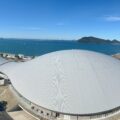
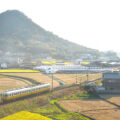
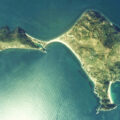


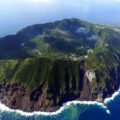

![【広島】谷口吉生設計『広島市環境局中工場』 - [Hiroshima] Yoshio Taniguchi Design, 'Hiroshima City Environmental Bureau Naka Plant'.](https://yousakana.jp/wp-content/uploads/wordpress-popular-posts/50935-featured-120x120.jpeg)

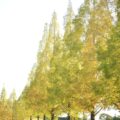
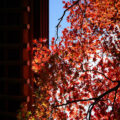
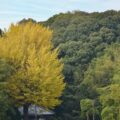

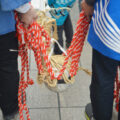


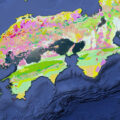
![【香川】春日川の川市 – [Kagawa] River market of Kasuga river](https://yousakana.jp/wp-content/uploads/wordpress-popular-posts/49605-featured-120x120.jpeg)
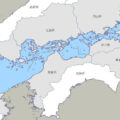
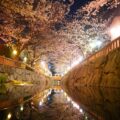
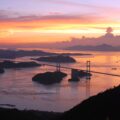

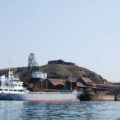
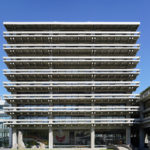
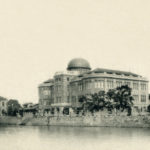
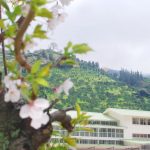
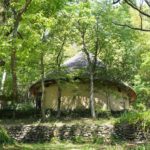
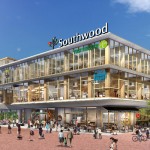


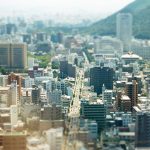
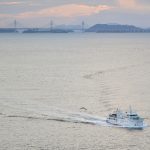

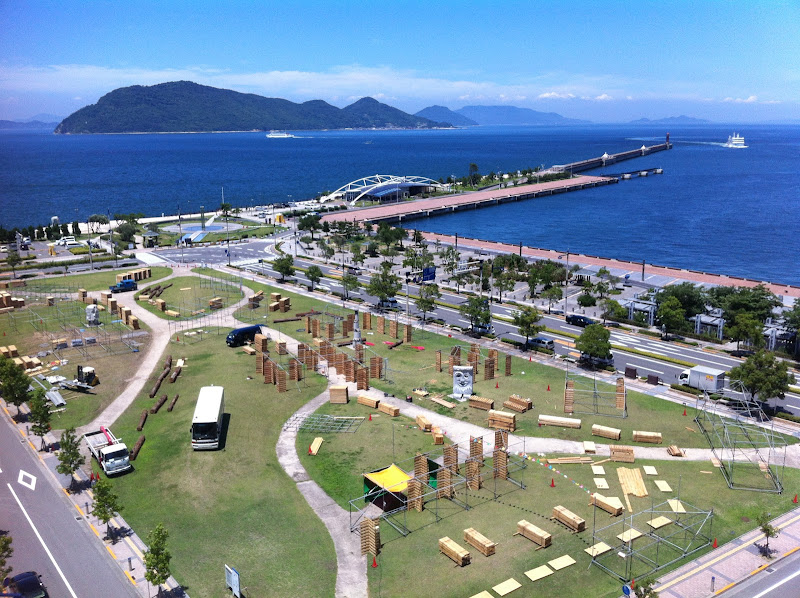
![【愛媛】宇和島の牛鬼。秋祭り – [Ehime] Autumn festival at Uwajima city, Ehime pref.](https://yousakana.jp/wp-content/uploads/2019/10/Ushioni_Uwajima.jpg)
![【香川】父母ヶ浜が一望!絶景で食べる絶品ハンバーガー『BAKE STUDIO OKAZAKI』- [Kagawa] Hamburger shop at Chichibugahama beach](https://yousakana.jp/wp-content/uploads/2021/06/BAKE-STUDIO-OKAZAKI-800x534.jpg)
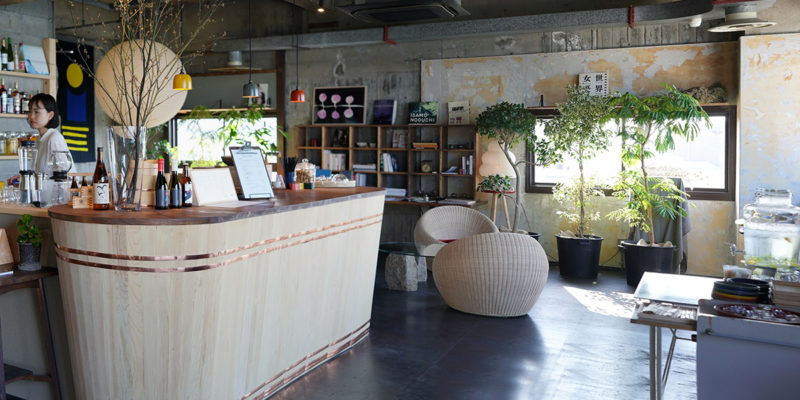

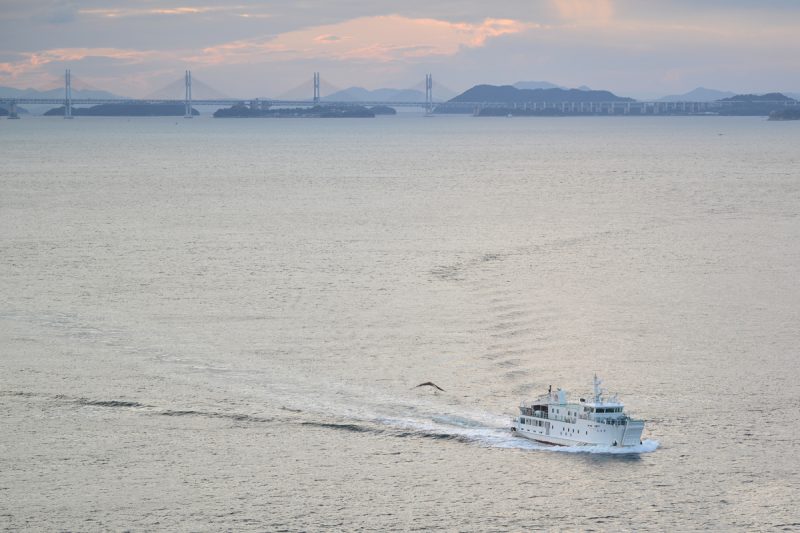


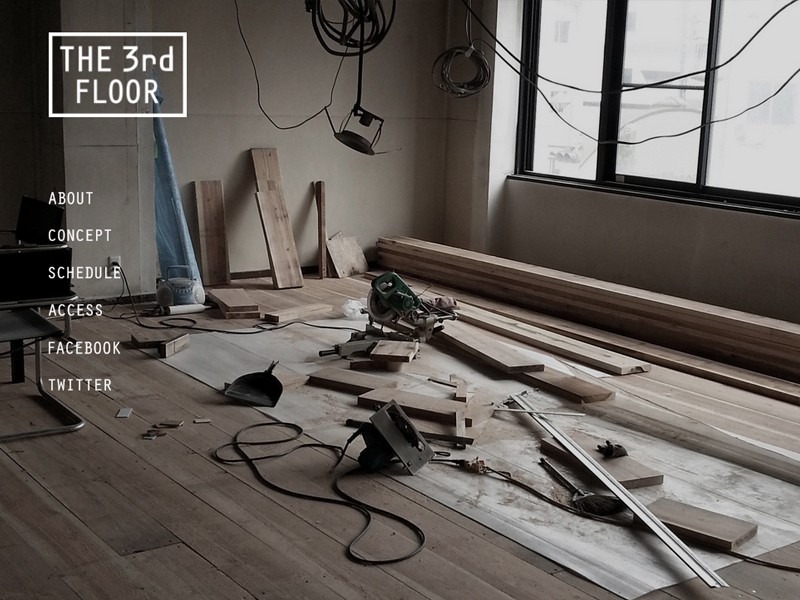
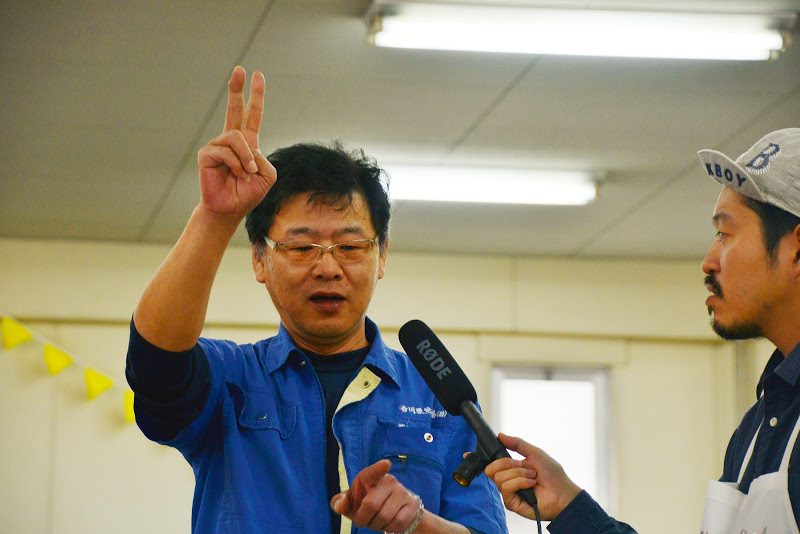
![【香川 讃岐十景】奇岩と清流『三霞洞渓谷』 – [Kagawa] Mikado Valley](https://yousakana.jp/wp-content/uploads/2021/11/Mikado-Valley_kagawa-800x533.jpg)
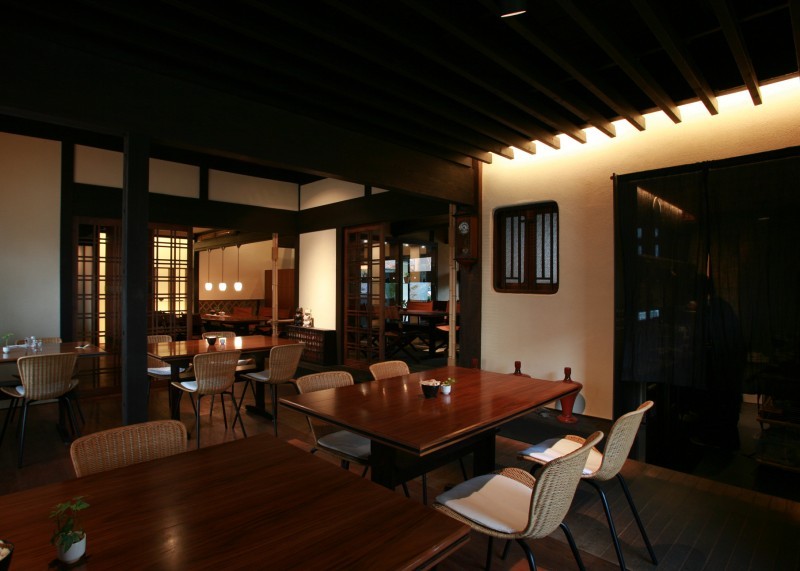
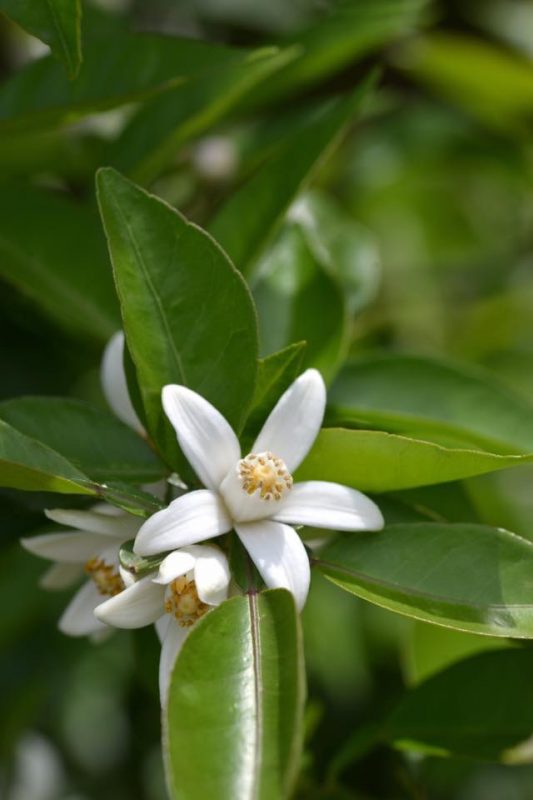
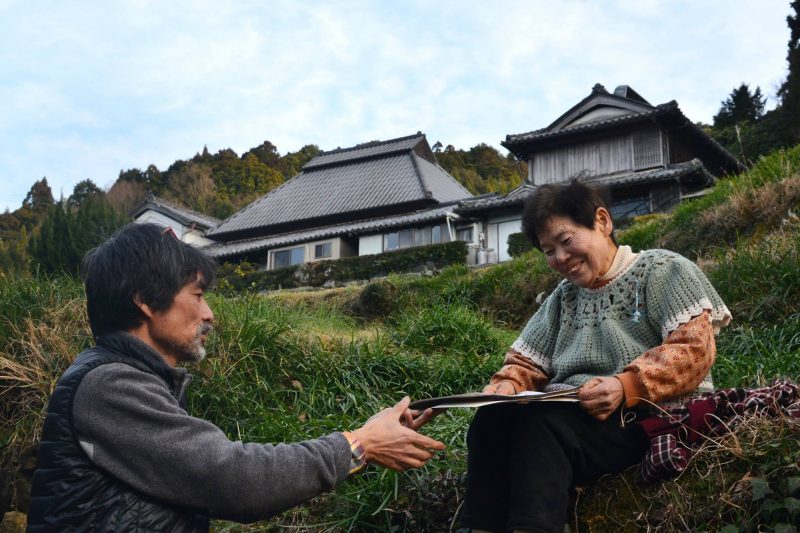
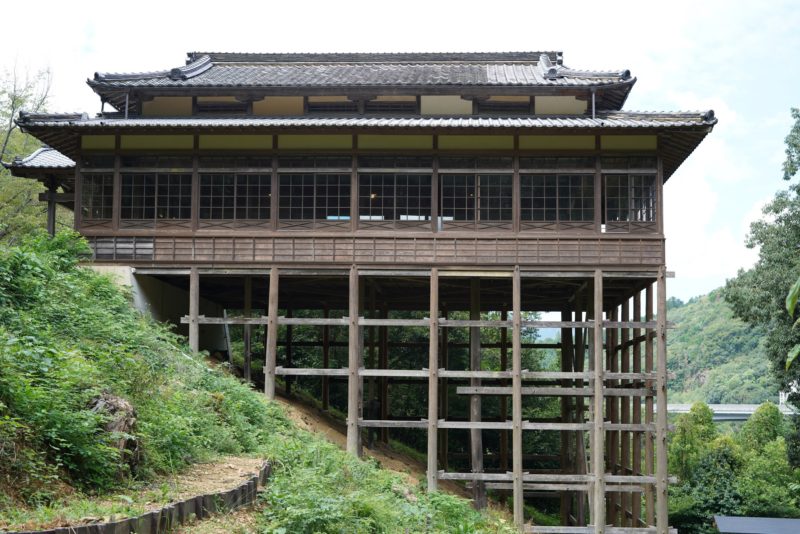
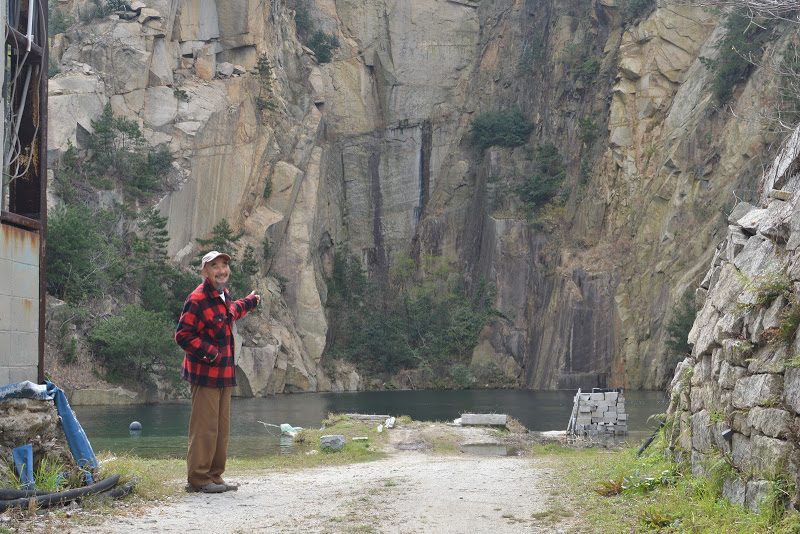
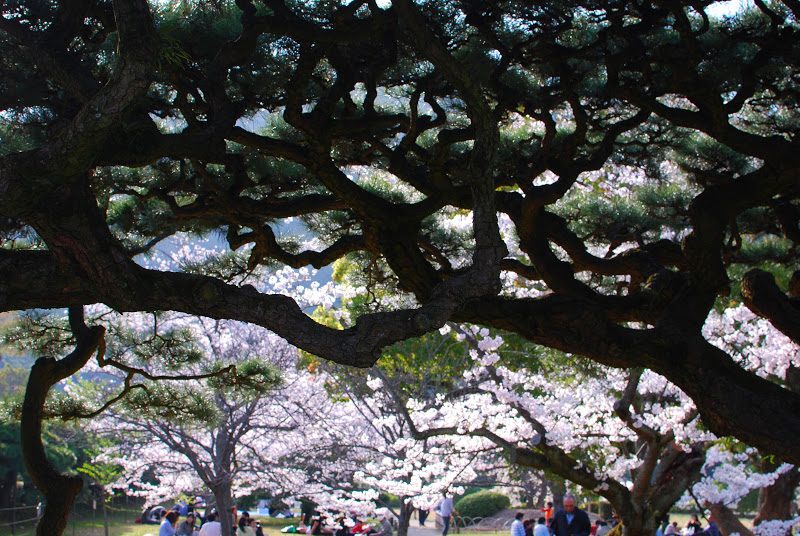
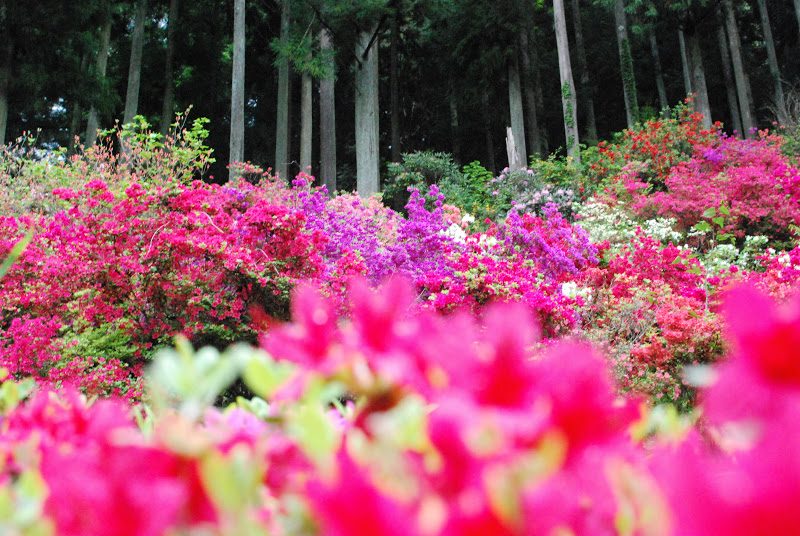




![【岡山】市庁舎から美術館へ。丹下建築から浦辺鎮太郎から受け継ぐ倉敷の名建築『倉敷市立美術館』 – [Okayama] The Kurashiki Municipal Museum of Art](https://yousakana.jp/wp-content/uploads/2025/08/panorama_kurashiki-city-museum_11-800x533.jpg)
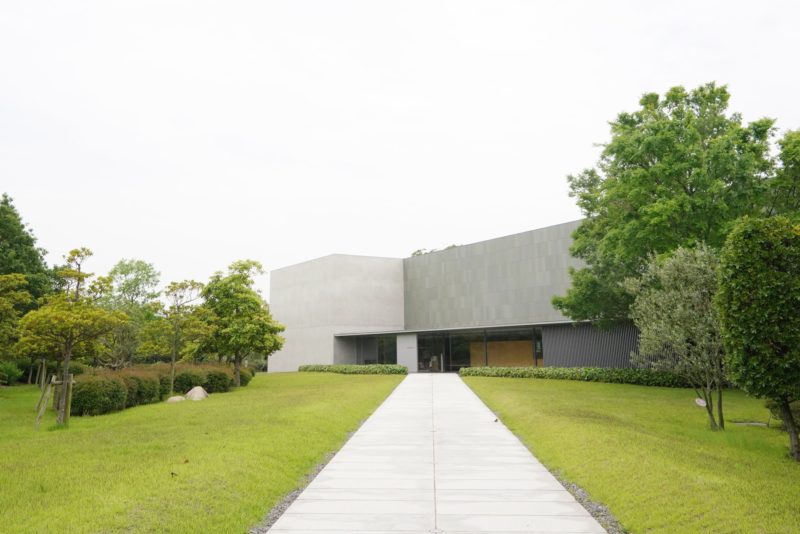
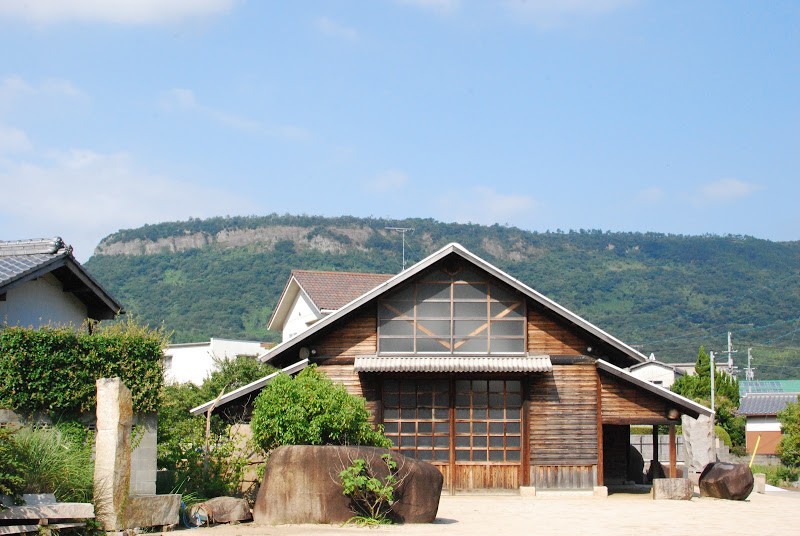
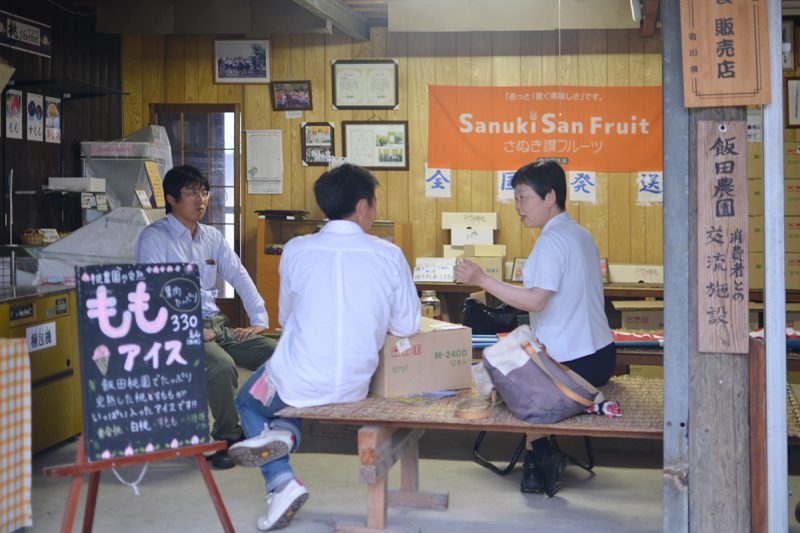

![【香川】毎朝焼き立て!高松のスコーン専門店『grain. (グレイン)』 – [Kagawa] Freshly baked scone “grain.”](https://yousakana.jp/wp-content/uploads/2017/01/DSC_8980-1024x683-1-800x534.jpg)
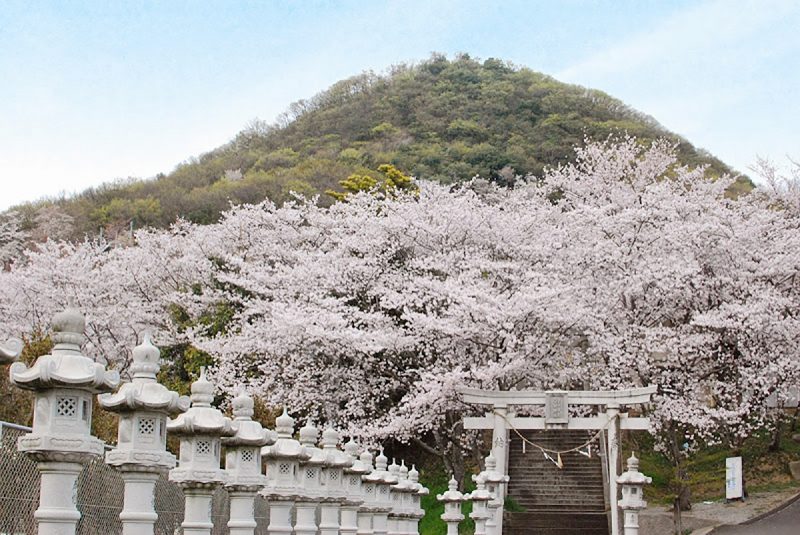
![【香川】いい香り、港の小さな薔薇園 – [Kagawa] Small rose garden at Takamatsu port.](https://yousakana.jp/wp-content/uploads/2019/05/rose-garden-takamatsu-800x533.jpg)
![【愛媛】新居大島 とうどおくり – [Ehime] Toudo festival at Ni-Oshima island](https://yousakana.jp/wp-content/uploads/2020/01/toudo_nioshima-island.jpg)

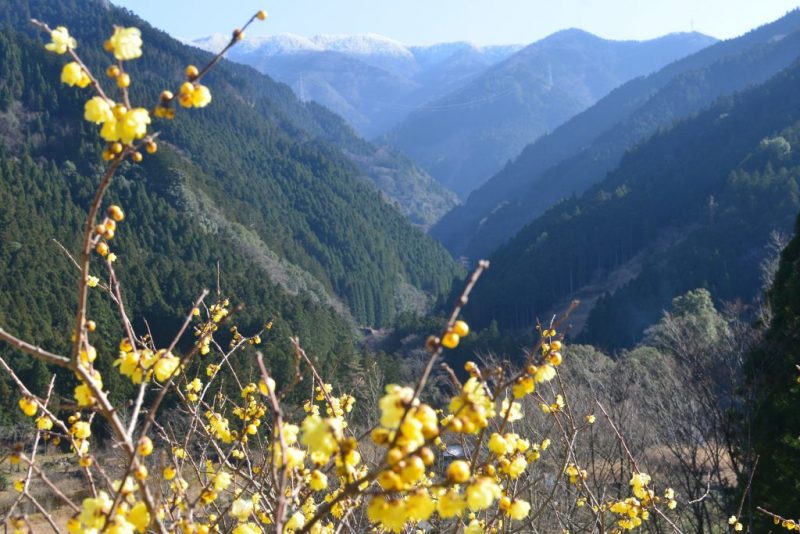
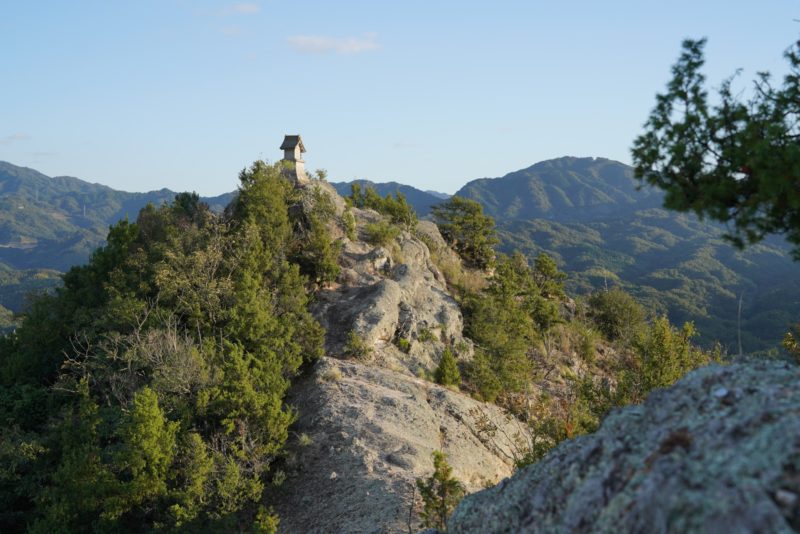
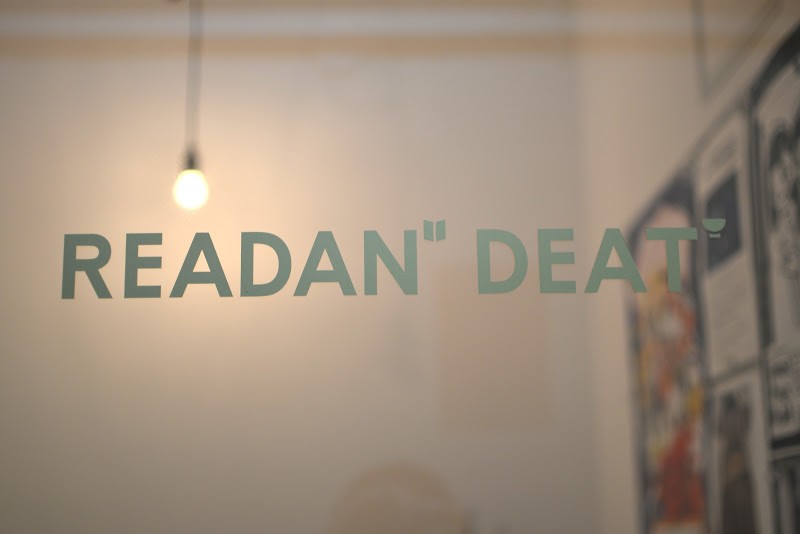
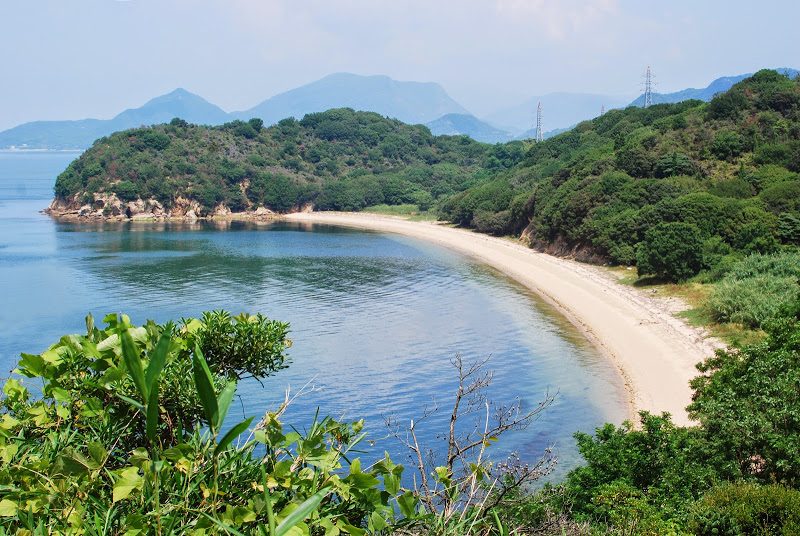
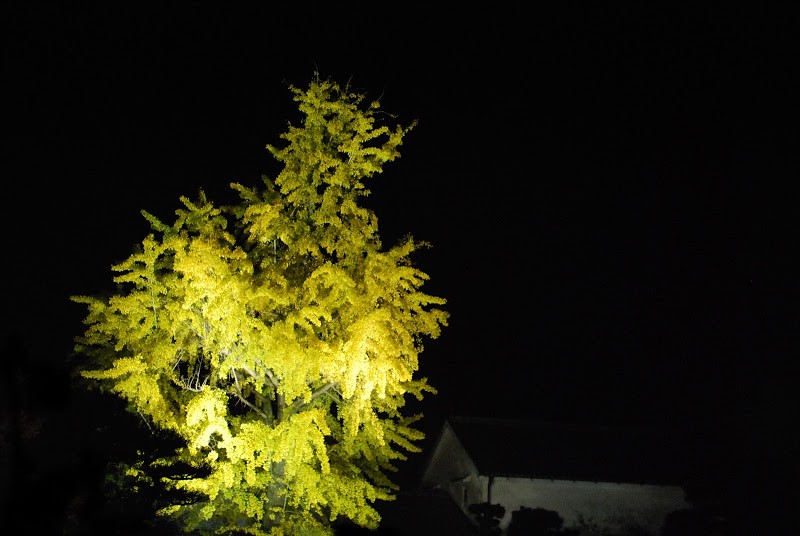


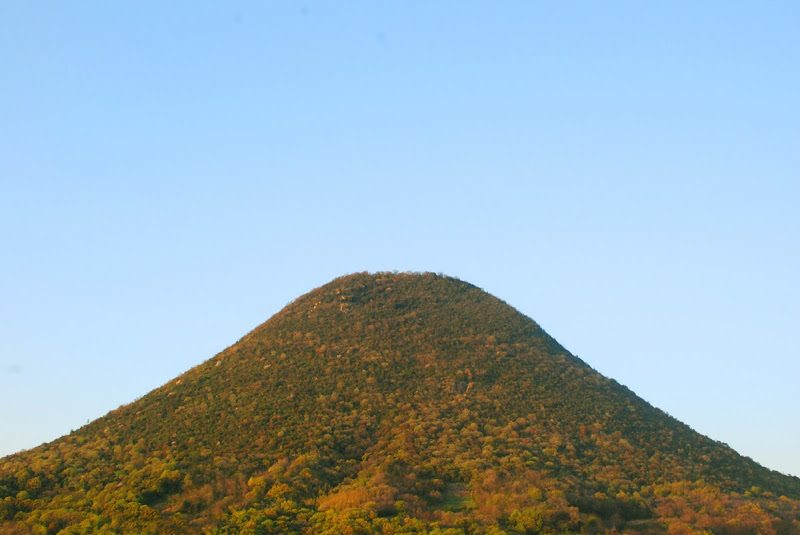
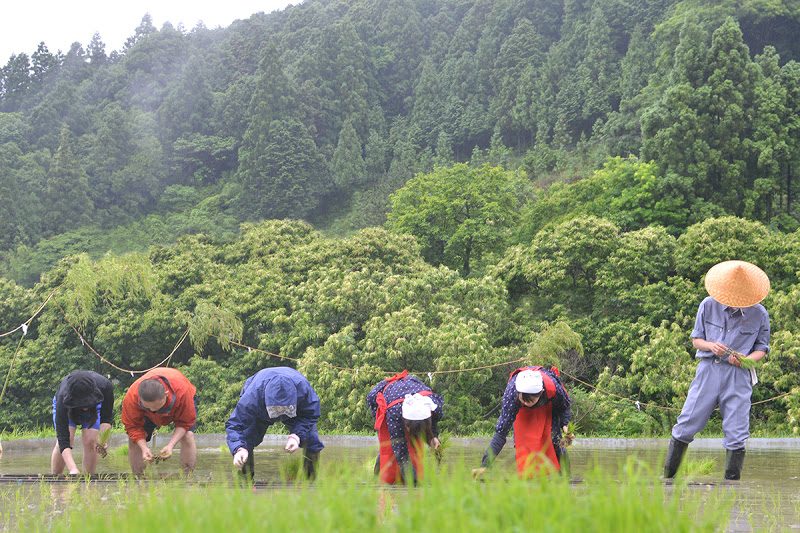

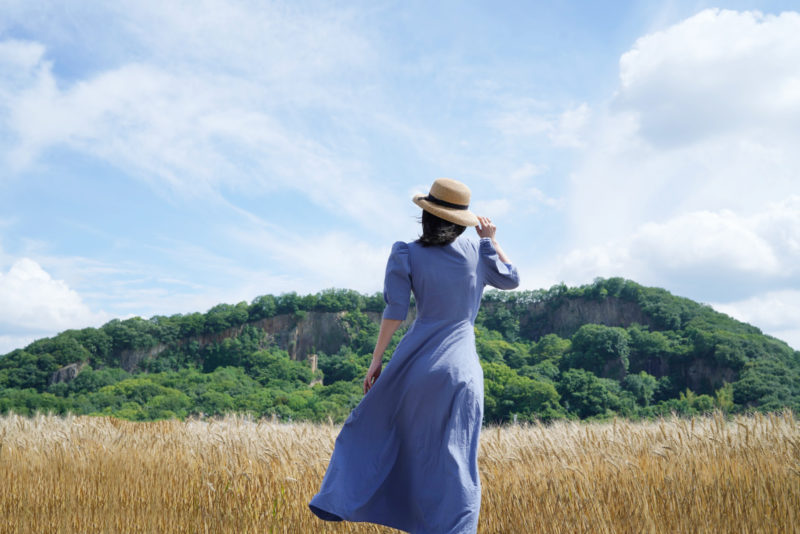
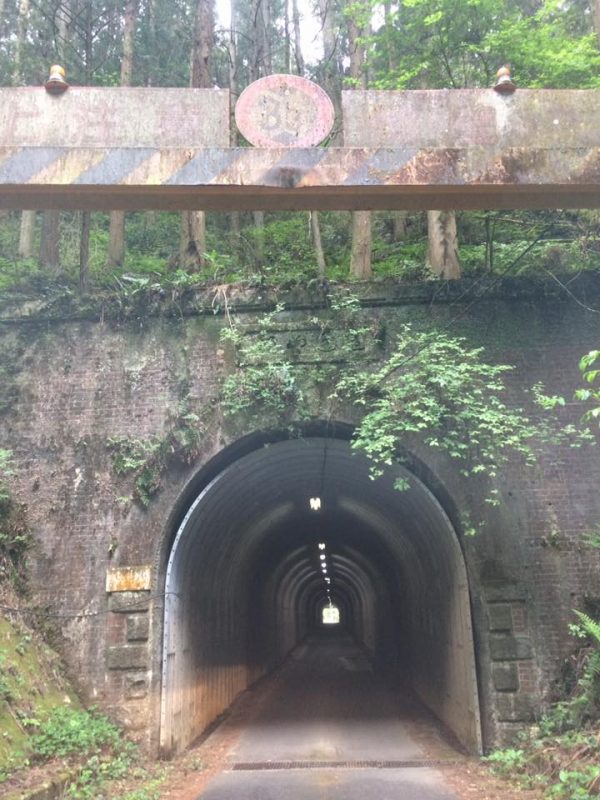
![【香川】川沿いをピンクに彩る80本の桜。湊川『河津桜ロード』 – [Kagawa] Kawazu Cherry Blossom Road](https://yousakana.jp/wp-content/uploads/2022/03/kawazu-sakura_higashi-kagawa-800x534.jpeg)


![【香川】セトウチ海街ステイ『サニーデイ ホステル』 – [Kagawa] SUNNY DAY HOSTEL](https://yousakana.jp/wp-content/uploads/2017/09/DSC_0693_a-800x533.jpg)
![【愛媛 国の登録有形文化財】浦辺鎮太郎さん設計『西条栄光教会』クリスマス – [Ehime / National Tangible Cultural Property] Saijo Eiko Church](https://yousakana.jp/wp-content/uploads/2021/11/Saijo-Eiko-Church-800x534.jpeg)
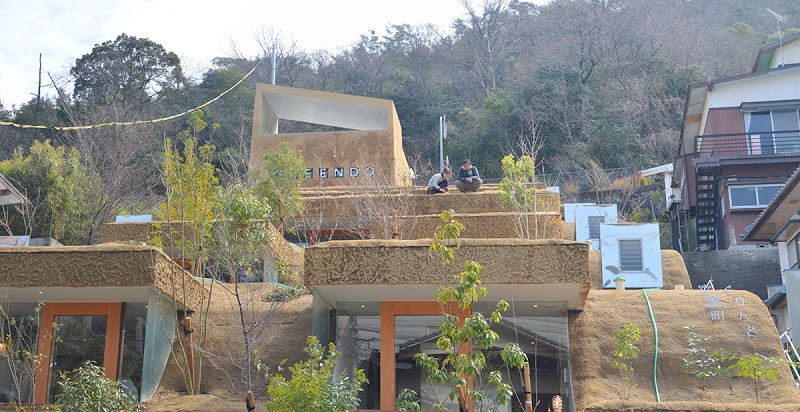


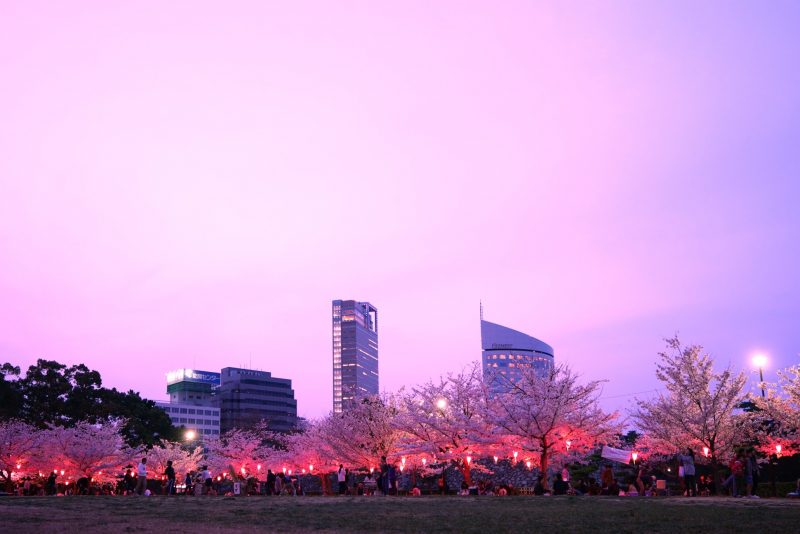
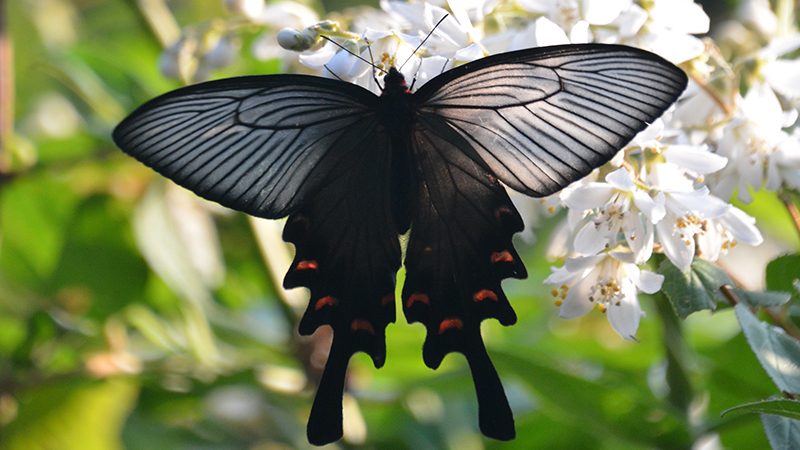
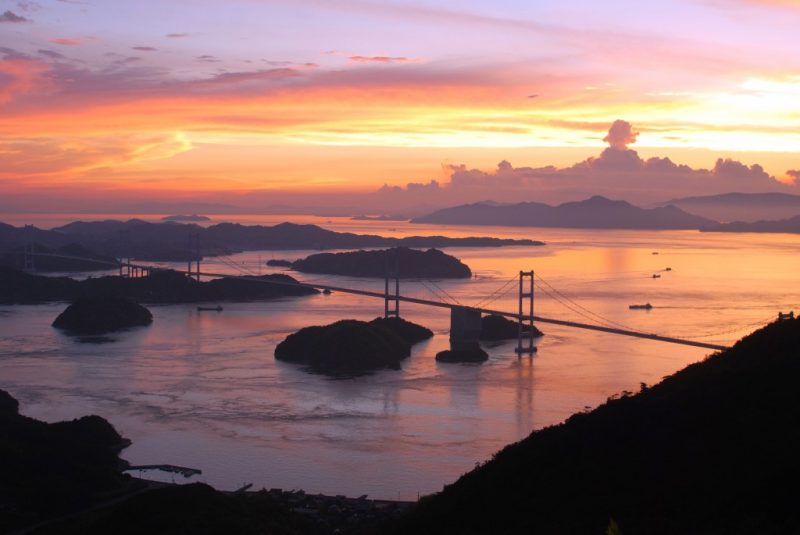
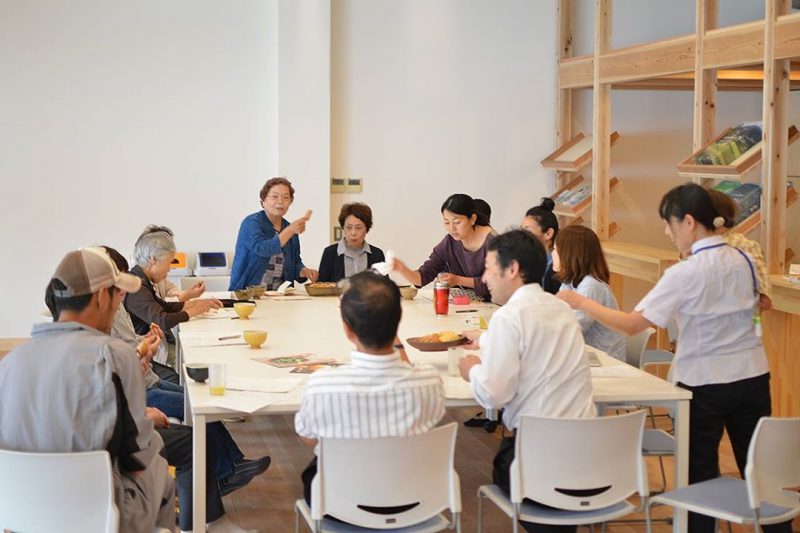
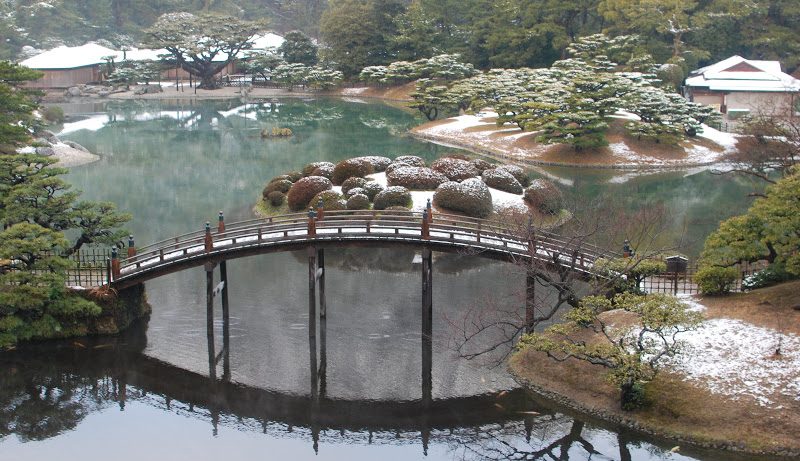
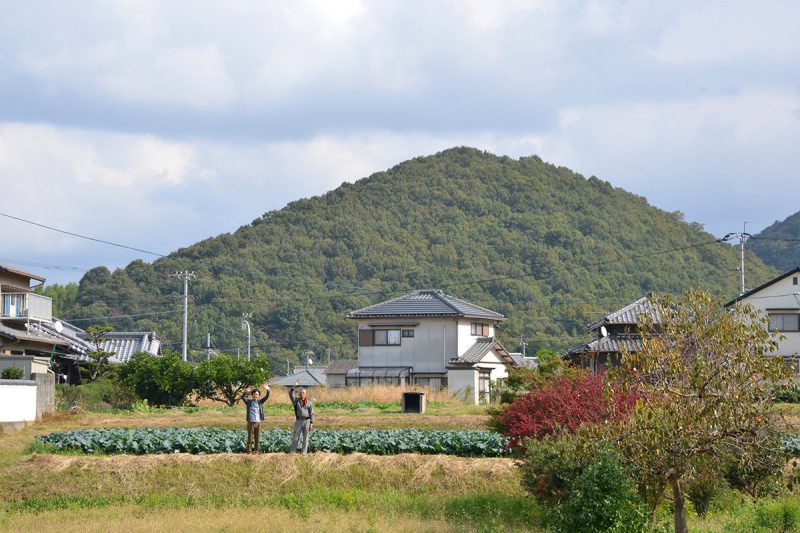
![【閉店】灯りと雑貨のお店 touca – [Closed] The shop of lights and sundry goods](https://yousakana.jp/wp-content/uploads/2013/12/touca-800x536.jpg)

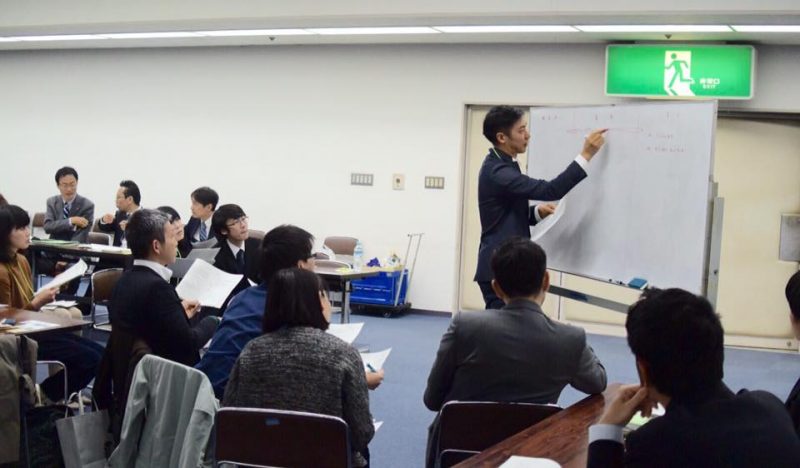
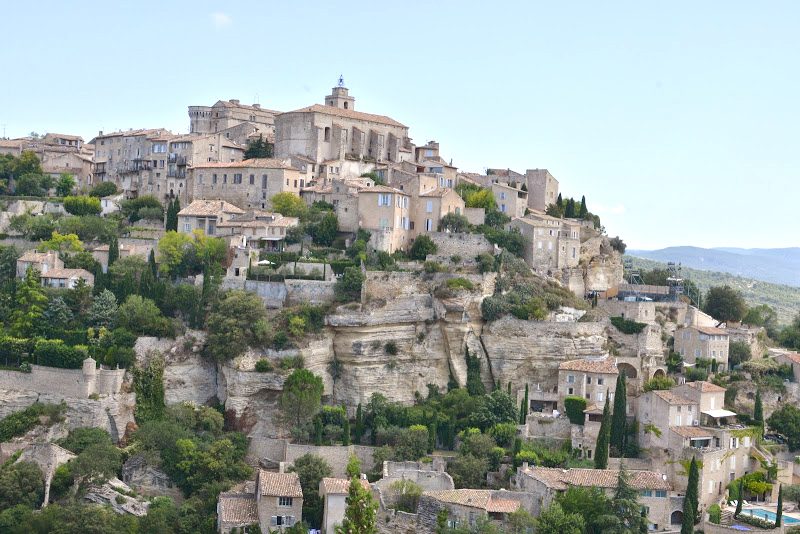
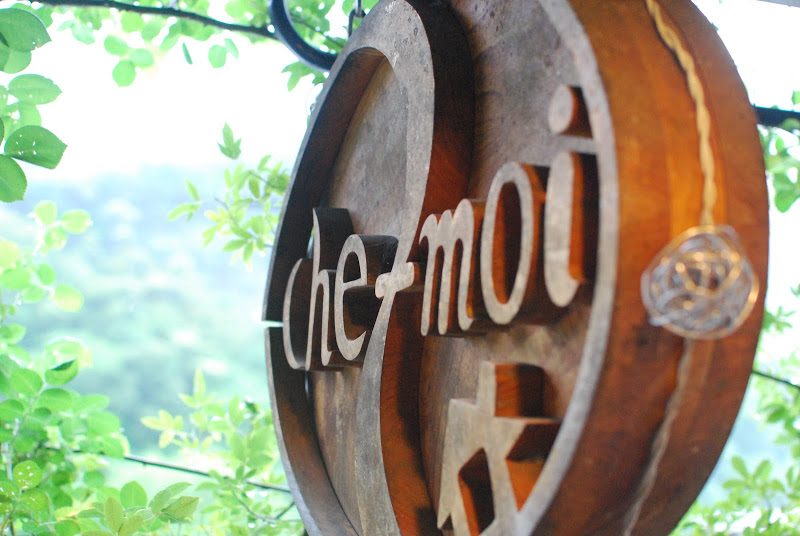
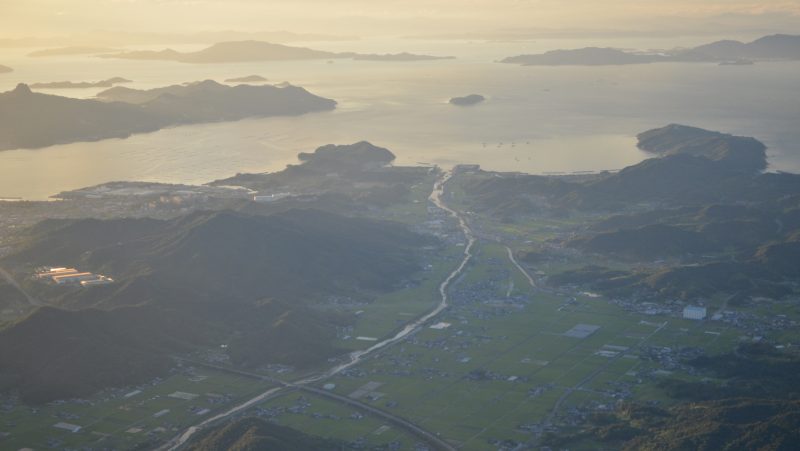
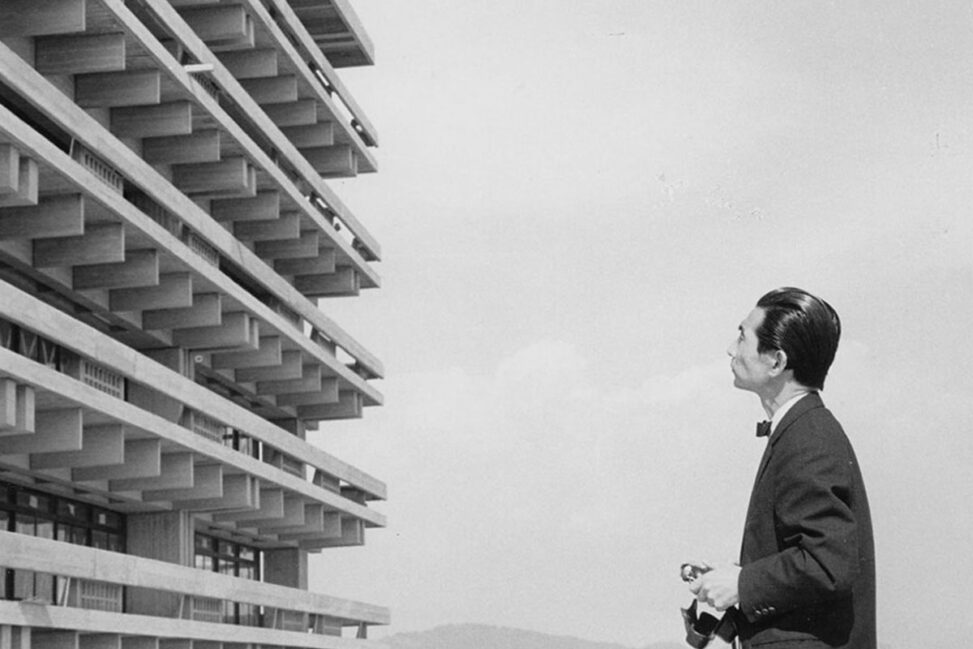
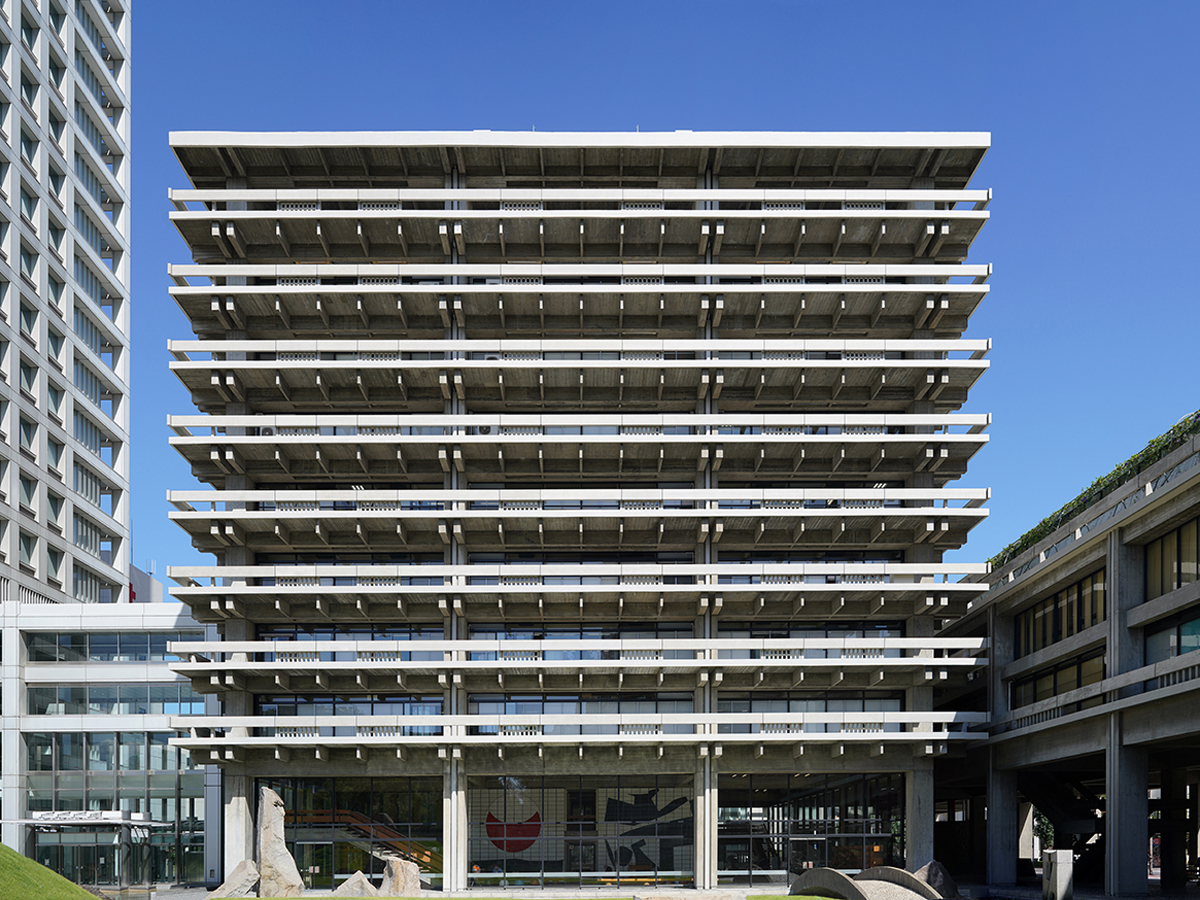
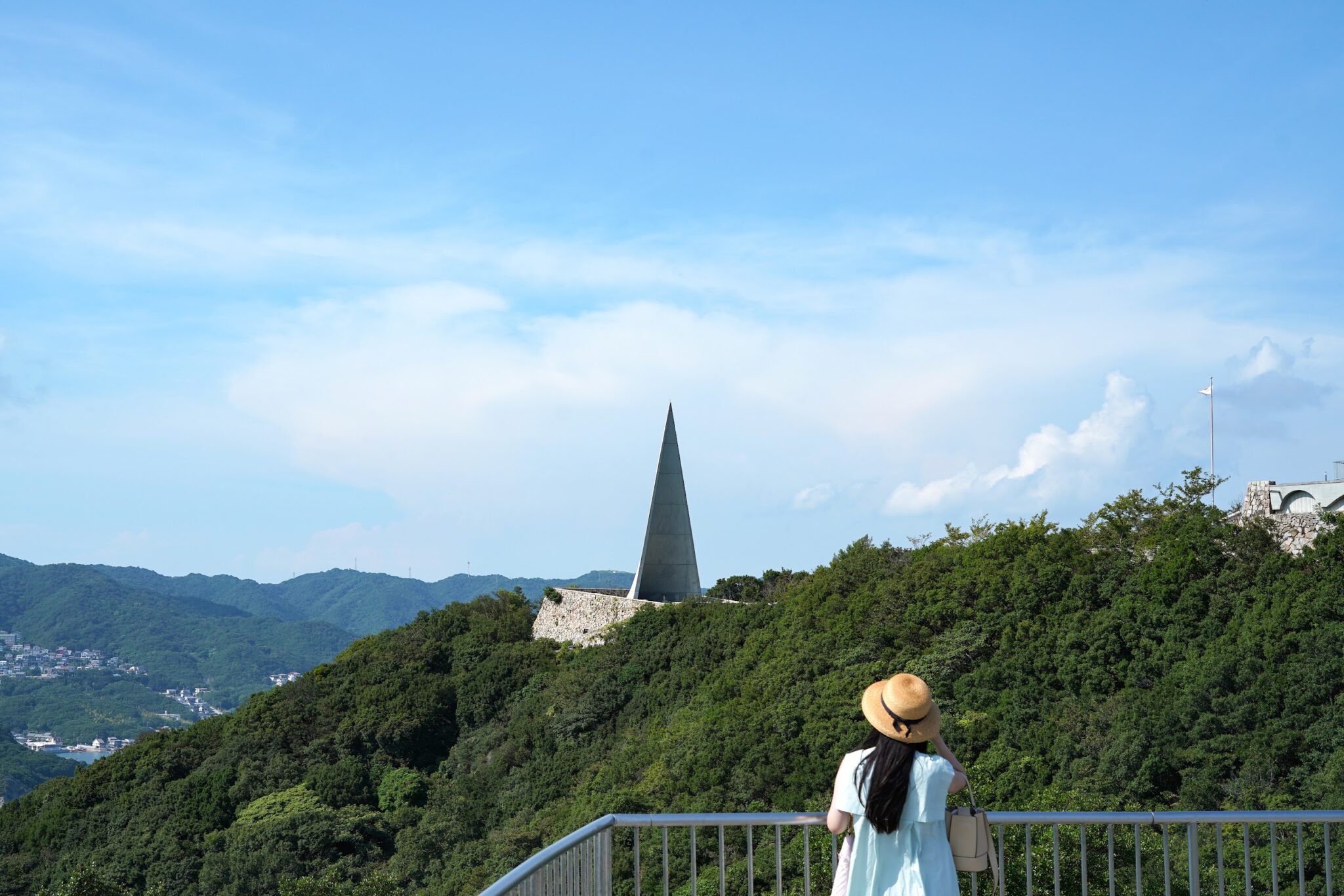
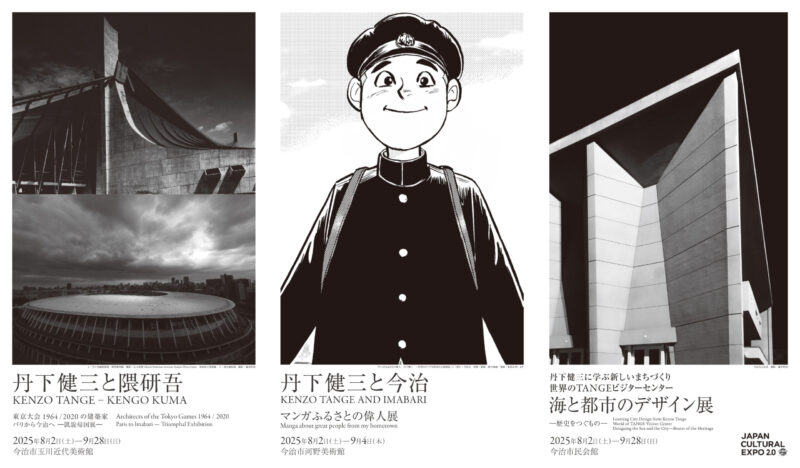
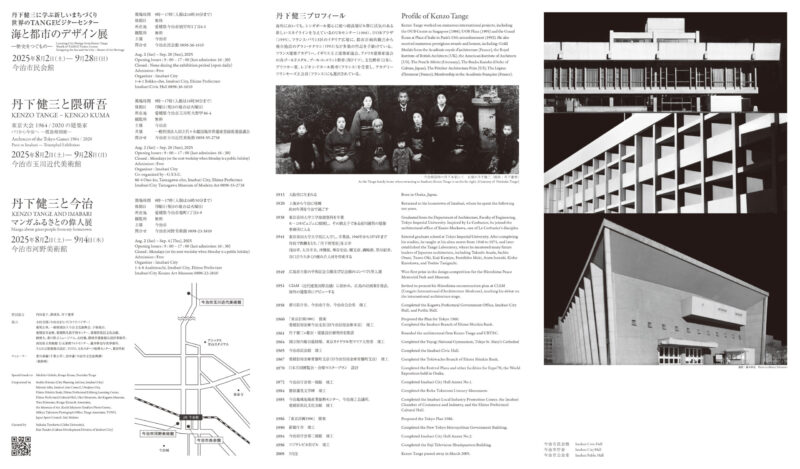



コメントを残す